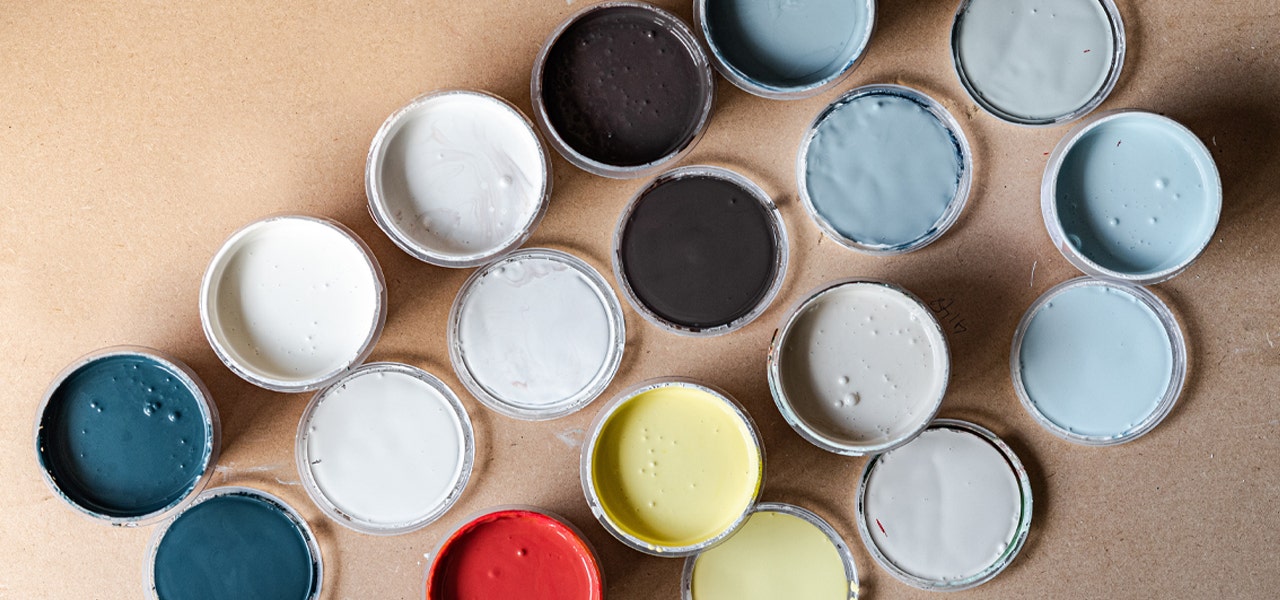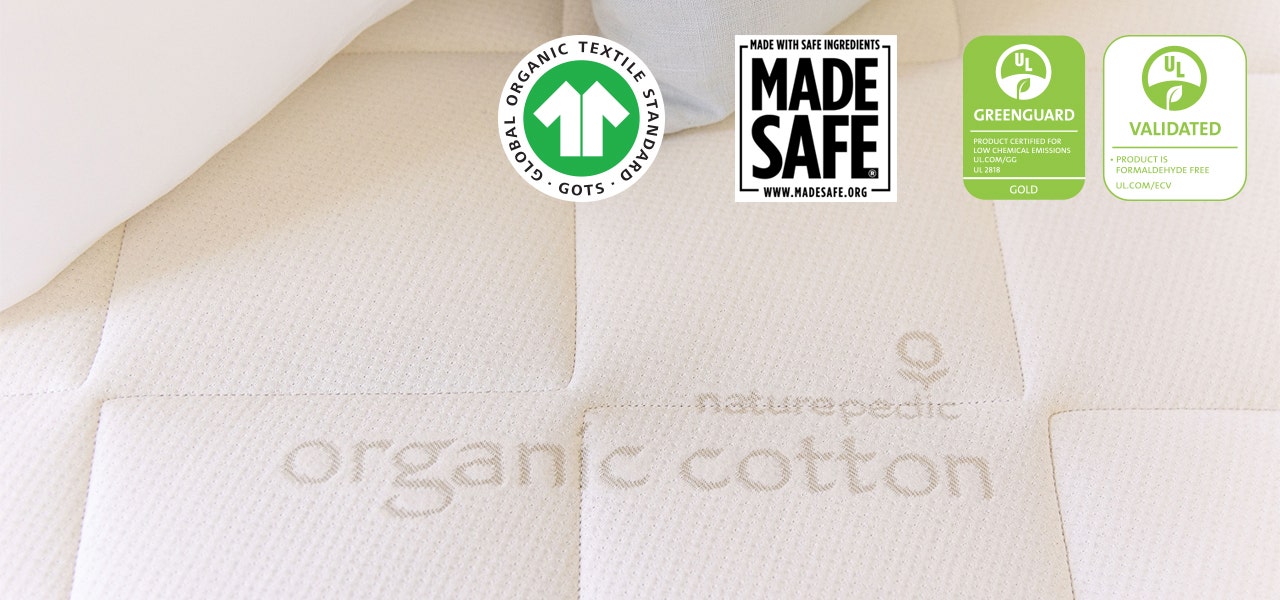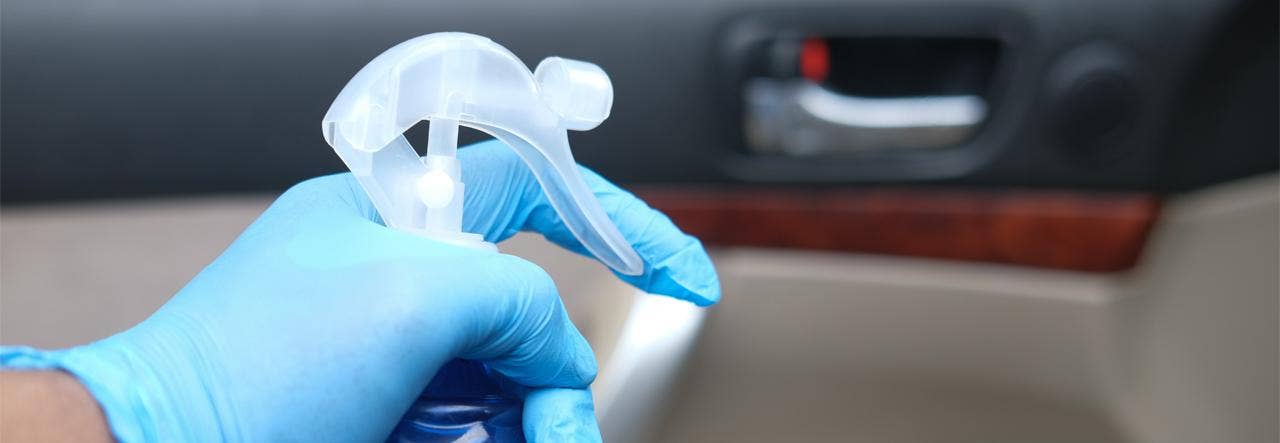Some people just love the smell of a new car or fresh paint. Some people savor the aroma of citrusy or pine-scented cleaning products. Some people even enjoy the smell of gasoline! You may love one – or all – of these smells. But have you ever wondered where they come from?
Bad news: the answer is not as pleasant as the scent of your lemony all-purpose cleaner. Many smells that come from household products and home furnishings contain VOCs. Some VOCs give off a natural scent, some artificial and some may not give off any scent at all.
But what are VOCs? You've probably heard that they’re are a bad thing, or maybe you're aware that the EPA has regulations on some of them. But do you need to worry about VOCs? Let’s unpack the issue.
What Are VOCs?


VOC stands for “volatile organic compound” – a gas emitted from certain solids and liquids. Formaldehyde and ethylene glycol are two which you might recognize, but there are many more. Products containing these chemicals release the chemicals into the air we breathe. This is known as “off-gassing.”
Concentrations of VOCs are consistently higher indoors than outdoors – and it makes sense why. These chemicals are used in many common products that you find inside your home, such as:
- Mattresses
- Paint
- Carpeting and vinyl flooring
- Upholstery and foam
- Cleaning products
- Cosmetics
- Gasoline
VOCs can also be emitted as a result of activities such as smoking, dry cleaning, photocopying, cooking and burning wood.
Health Risks of VOCs
VOCs aren’t just one chemical. Rather, they represent a whole group of chemicals. Each one has its own toxicity and potential for causing different adverse health effects. Even a low exposure to certain VOCs can increase one’s risk to the associated health problems. If you have asthma or are sensitive to chemicals, VOC exposure can trigger or worsen your symptoms.
Depending on the chemical and its toxicity, acute exposure to high levels of VOCs can occur over a period of just hours in some circumstances. Health risks associated with short term exposure to VOCs can include:
- Eye, nose and throat irritation
- Headaches
- Nausea/vomiting
- Dizziness
- Worsening of asthma symptoms
The symptoms of chronic exposure to high levels of VOCs can be much more serious, and include:
- Cancer
- Liver and kidney damage
- Central nervous system damage
VOCs and Environmental Impact


Not only are VOCs harmful to your personal health, but to that of our planet, too! When exposed to sunlight, VOCs react with other gases and create ground-level smog. This can trigger diseases in plants, inhibit seed production and block fertilization.
Methane, a greenhouse gas, is often released in conjunction with VOCs. Greenhouse gases are compounds that trap heat within the atmosphere, increasing global temperatures – A.K.A., global warming.
VOC emissions can even lead to acid rain when they react with water. This precipitation washes over natural habitats, cityscapes and oceans. It raises the pH level of fragile ecosystems, kills fish, washes away essential nutrients from forests and contaminates foliage.
Reduce Your VOC Exposure … While You Sleep!
One big source of VOCs inside many homes is your mattress. On the place where you spend a third of your life, you could be face-to-face with unacceptable levels of off-gassing VOCs, breathing them in all night long. Big offenders in terms of conventional mattress materials are:
Formaldehyde
Formaldehyde, a known carcinogen, is used in many mattress glues and adhesives. But not so with Naturepedic mattresses. At Naturepedic, we spent years developing proprietary equipment that allows us to make mattress coils, even our individually wrapped coils, without glue. And you can rest assured all of our mattresses are UL Formaldehyde Free validated.
Flame Retardant Chemicals
While conventional mattresses are often doused in flame retardant chemicals, which have been linked to a range of health issues, Naturepedic mattresses are designed to meet all government flammability regulations without the addition of any flame retardants. We also use more organic materials, like certified organic cotton and wool, that burn at slower speeds than highly flammable petroleum-based materials like memory foam.
Waterproofing Materials
Exposure to harmful VOCs can be even more substantial for babies and toddlers. This is in part because many of the common waterproofing materials used in crib mattresses contain off-gassing materials like vinyl (phthalate plasticizers). Naturepedic, on the other hand, protects little ones from this particular VOC exposure by using a food-grade polyethylene waterproofing made from non-GMO sugarcane.
Quick Tips for Avoiding VOCs


Unfortunately, not all mattress manufacturers or companies selling other home furnishings and products are entirely forthcoming in terms of VOCs and potentially harmful substances. Naturepedic recommends looking for credible third-party endorsements when shopping.
The following certifications help to ensure that products are safer and healthier for you and for the planet. They help you to know that you’re choosing a product you can trust from a brand you can trust:
- GOTS certified organic – The Global Organic Textile Standard (GOTS) is the world’s leading organic certification for fiber-based consumer products, including mattresses. It certifies material integrity, product quality and more.
- EWG VERIFIED® – A mattress with this trusted certification meets the Environmental Working Group (EWG)'s strict standards for health, transparancy and good manufacturing processes.
- MADE SAFE® certified – A MADE SAFE certified product has been screened to ensure that over 6,500 banned/restricted subtsances have been avoided or contrained.
- GREENGUARD® Gold – This third-party certification program tests specifically for chemical emissions from consumer products and materials.
- UL Formaldehyde Free – This is a verification from UL Solutions specific to formaldehyde and it validates a product meets the UL standard.
Our certified organic mattresses and sleep accessories go beyond the strictest standards to offer you a safer, healthier way to sleep. All our mattresses – adult, kids and baby – meet the standards above. Helping to minimize your family's exposure to harmful chemicals, including VOCs, is our top priority. Learn more about our No-Compromise® organic mattress philosophy and our non-toxic approach.
 BABY
BABY  KIDS
KIDS  ADULT
ADULT  LEARN
LEARN  STORES
STORES 